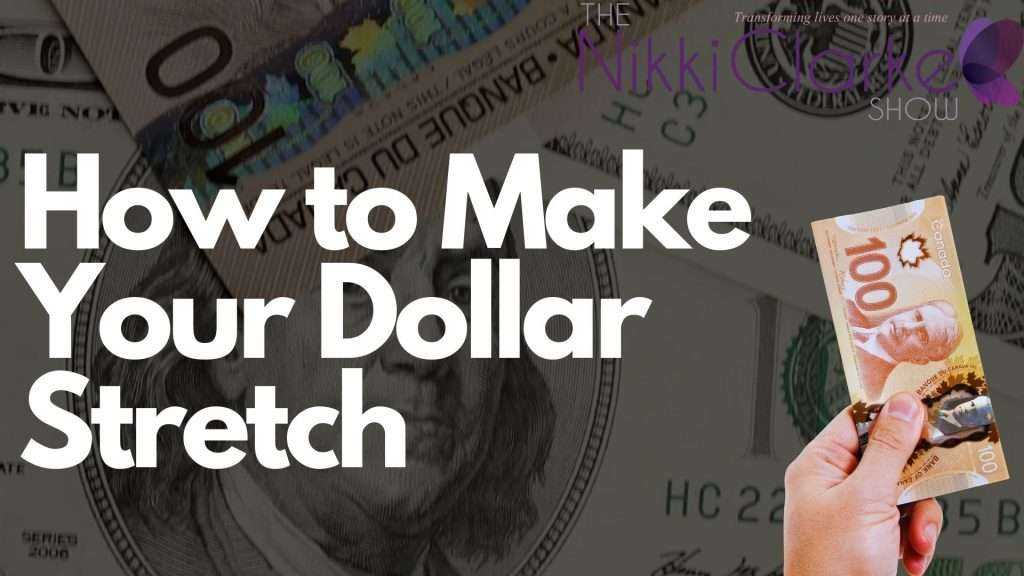 In today’s world, managing your finances wisely has become more important than ever. Whether you’re saving for a big purchase, building an emergency fund, or just looking to make your money go further, it’s crucial to find ways to stretch your dollar.
In today’s world, managing your finances wisely has become more important than ever. Whether you’re saving for a big purchase, building an emergency fund, or just looking to make your money go further, it’s crucial to find ways to stretch your dollar.
1. Create a Budget
A well-planned budget allows you to track your income and expenses, helping you identify areas where you can cut back and save. Allocate your money to essential expenses like housing, groceries, utilities, and transportation, and allocate a portion for savings and discretionary spending. Stick to your budget to avoid overspending.
2. Cut Unnecessary Expenses
Review your expenses regularly and identify areas where you can cut unnecessary spending. This could include dining out less, cancelling unused subscriptions, or reducing impulse purchases. Even small adjustments can add up significantly over time and leave you with more money in your pocket.
3. Shop Smart
When shopping for groceries and other necessities, be a savvy consumer. Create a shopping list and stick to it to avoid impulse buys. Look for sales, discounts, and use coupons when possible. Consider buying generic or store-brand products, as they are often just as good as name brands but less expensive.
4. Plan Meals and Cook at Home
Eating out can quickly drain your finances. Planning meals in advance and cooking at home can save you a substantial amount of money. You’ll not only control the ingredients but also reduce the temptation to dine out regularly. Plus, cooking at home can be a fun and rewarding experience.
5. Save on Utilities
Lowering your utility bills is another effective way to stretch your dollar. Simple actions like turning off lights when not in use, adjusting your thermostat, and fixing leaks can reduce electricity and water consumption. Additionally, consider switching to energy-efficient appliances to save in the long run.
6. Shop for Used Items
When making purchases, especially for items like electronics, furniture, or clothing, consider buying used or refurbished products. You can often find high-quality items at a fraction of the cost of brand new ones. Just be sure to do your research and check the condition of the items before buying.
7. Pay Off High-Interest Debt
If you have high-interest debt, such as credit card balances, prioritize paying it off as soon as possible. The interest on these debts can quickly accumulate and drain your finances. Once you’ve paid off high-interest debts, you’ll have more money to put toward savings and investments.
8. Automate Savings
Make saving a habit by automating it. Set up automatic transfers from your checking account to your savings or investment accounts. This way, you’ll save consistently without having to think about it. Treat your savings like a non-negotiable expense.

